1920s fashion was all about art and pushing the envelope. The 1950s was a return to the home and the idea of the feminine ideal. In between was glamour. High fashion of the 1930s and 1940s offered a chance for the public to forget about the ever-increasing problems of the outside world and simply put, focus on something pretty. Because of the rapidly expanding motion picture industry actresses were increasingly becoming fashion icons, known for their style both on and off the big screen. 1930s fashion had some unique trends that are quite specific to the decade. Let’s take a look at a few of my favorites.
Fashion escapism
The 1930s was all about over-the-top glamour. A lot of historians theorize that this was because of the desire for escapism that was overtaking the country.
The 1930s were a rough time for America. The stock market crash of 1929 brought an economic depression and hardships that reached from coast to coast. Movies gave people a chance to forget about their own troubles and imagine a happier time. It is estimated that 80 million people went to movie theaters each week, compared to 24 million today.
The tie between the high fashions and films of the 1930s and the desire for escapism is well studied. Below are a few blog posts and articles on the topic.
Recession and Escapism, 1930-1938
The “Gowns By” Effect: Fifteen Escapist Films of the 1930s
The Art Of Escapism In The 1930s
Now let’s take a look at four 1930s fashion trends
Bias cuts
The use of bias cuts is a delightful 1930s trend. Two factors played into this new way to allow fabric to fall. The first was the swing back to dresses that hugged a woman’s figure rather than fall aside it as seen in the 1910s and 1920s. The second was the continuing rise of the celebrity designer. Designers such as Elsa Schiaparelli and Charles James sought to both distinguish themselves and find more ways to highlight the female form. The bias cut, that is, fabric cut on the diagonal of the grain, is an artful way to accomplish this.
Exaggerated shoulders
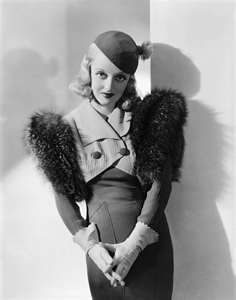
I knew that exaggerated shoulders were a distinctly 1930s trend that didn’t carry on past the decade (until of course, the 1980s), but what I didn’t know is that it was the “Letty Lyndon dress” worn by Joan Crawford in the 1932 film Letty Lyndon.
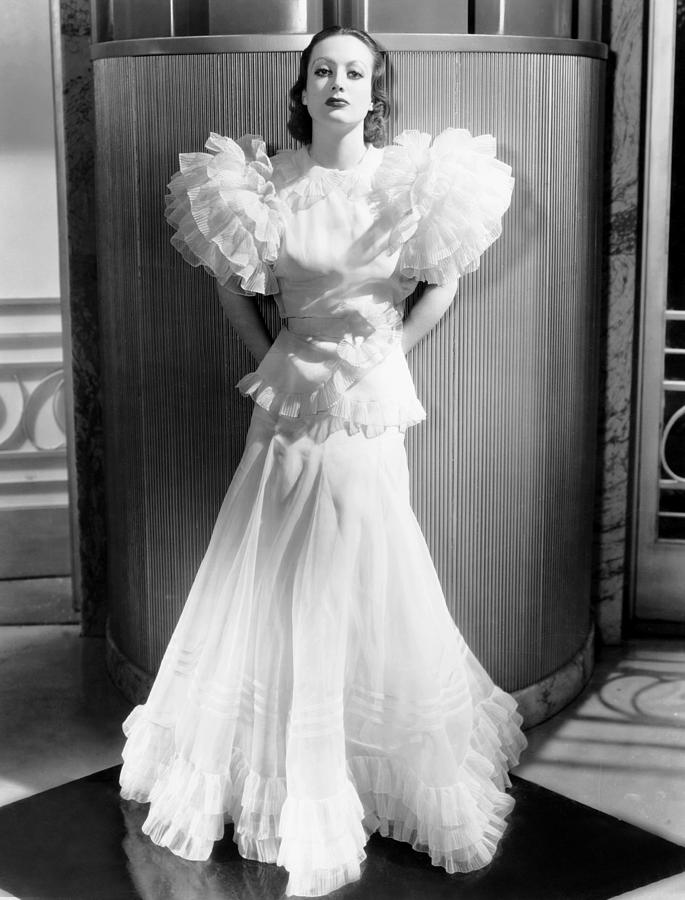
Letty Lyndon was a part of one of my favorite topics, pre-Code films. It was a racy movie that has become a bit of a legend due to it becoming largely unavailable following a court case in which MGM was sued for not attributing the playwrights who wrote the script on which it is believed the film was based.
Following the release of the film Macy’s produced a similar dress that not only sold like hotcakes, but it also inspired an entire decade of big shoulders.
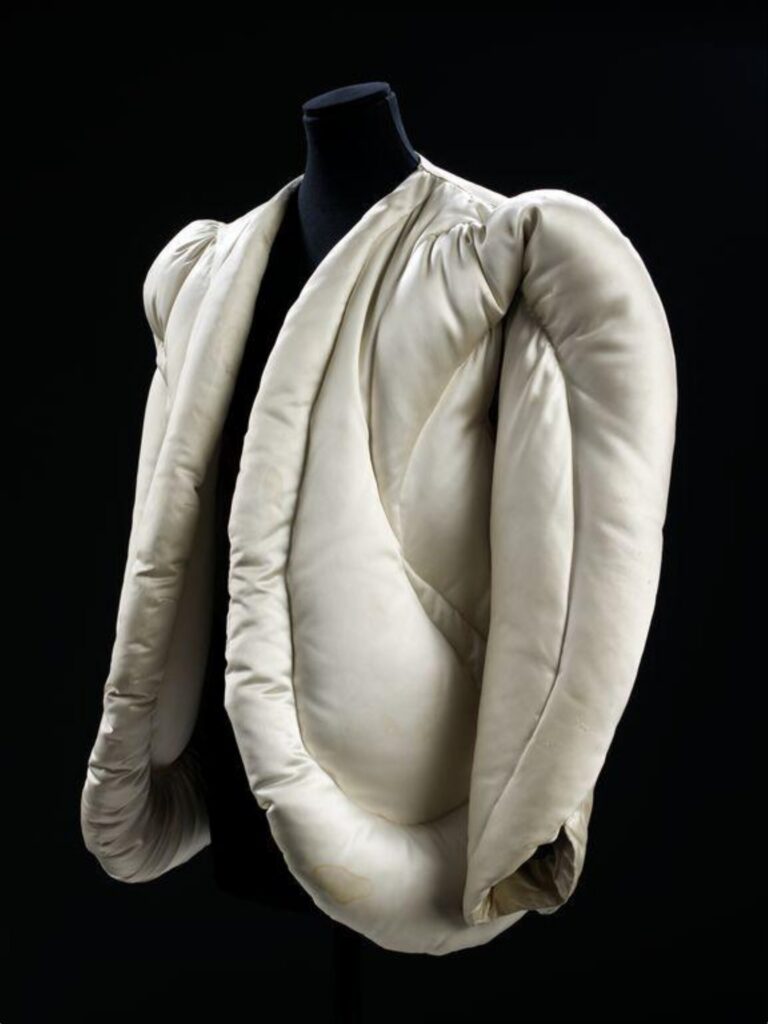
Large, tilted hats
This one is so much fun! I can’t speak as much to the origin of this trend, though I do suspect that it has to do with the oh-so-coy nature of the female characters that appeared on screen. Looking out from under a large hat with one eye is a most-alluring action, and hats stacked up in shops to fit the flirtation of the day.
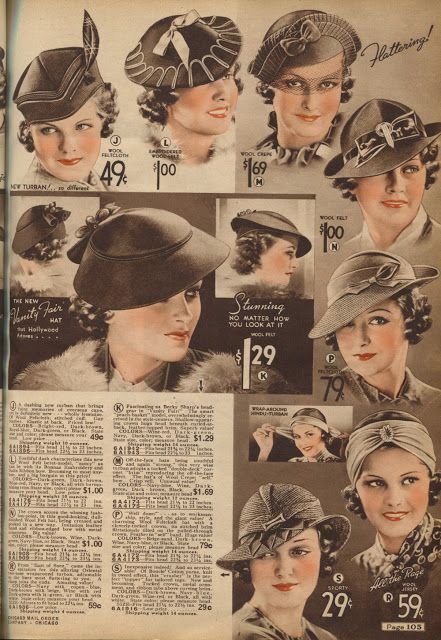
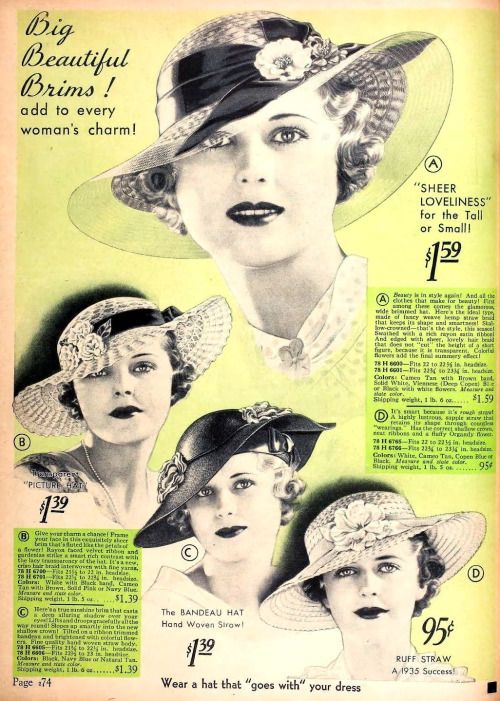
Cinched waists
I find the trend of cinched waists particular only because it is such a dramatic shift away from the shapeless dresses with long, sleek lines that dominated in the Flapper Era. The reason, however, is clear. Whereas fashion was an experimentation of pushing the envelope in the 1920s, the glamour and opulence of Hollywood emphasized the feminine figure. A cinched waist is one of the most widespread trends of the 1930s, with little deviation regardless of the type or purpose of women’s clothing.
What is your favorite 1930s fashion trend?
Love the early 1900s? You may also enjoy:
Art deco fashion: dresses and gowns
The Farmer’s Wife magazine: elevating the rural woman

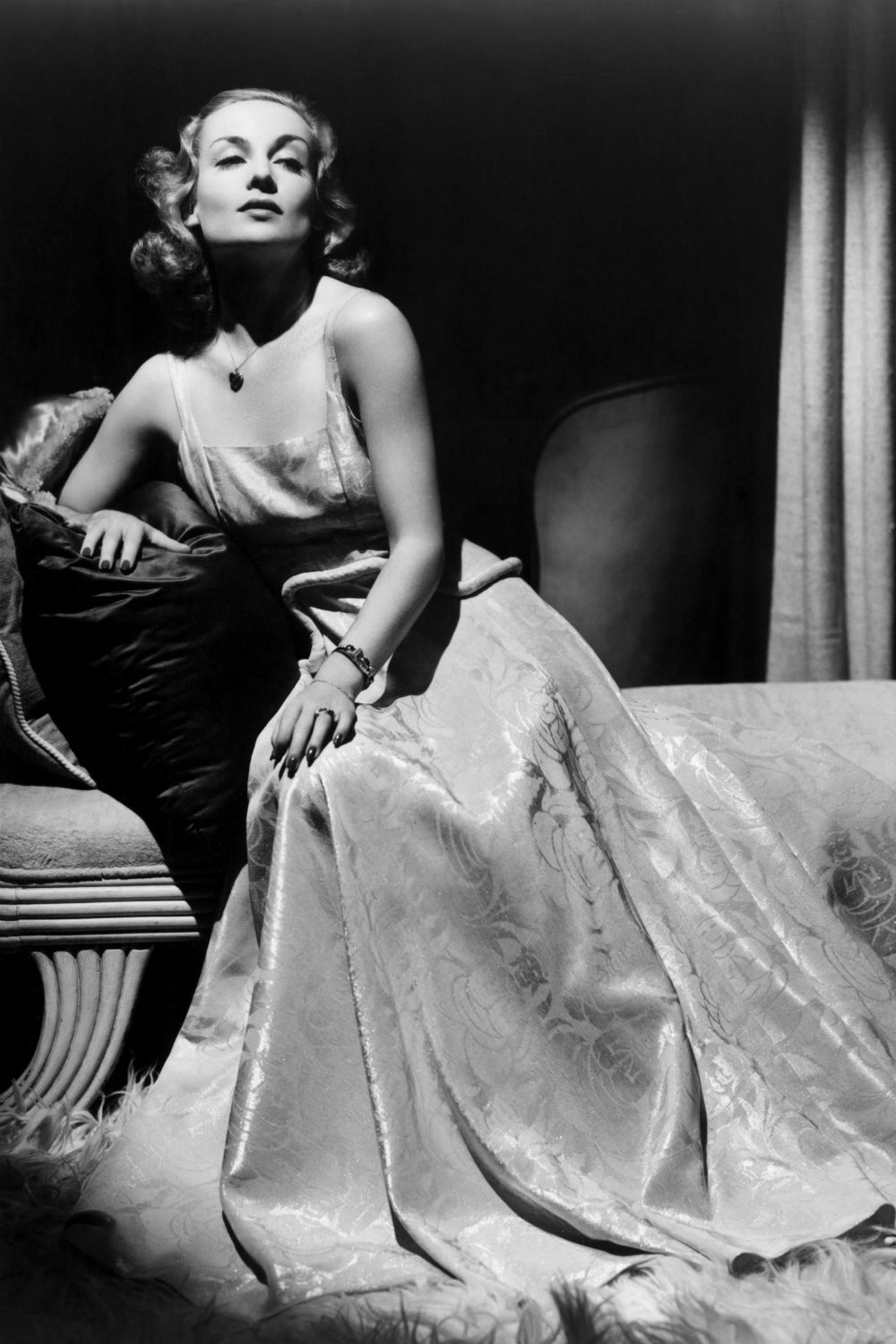
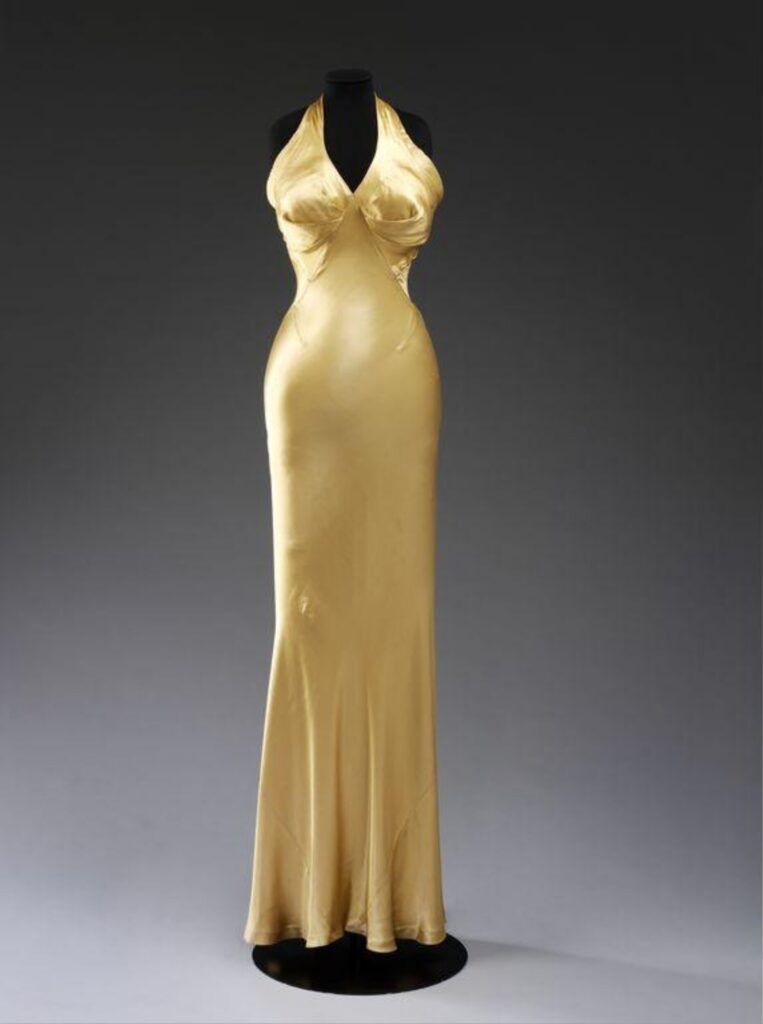
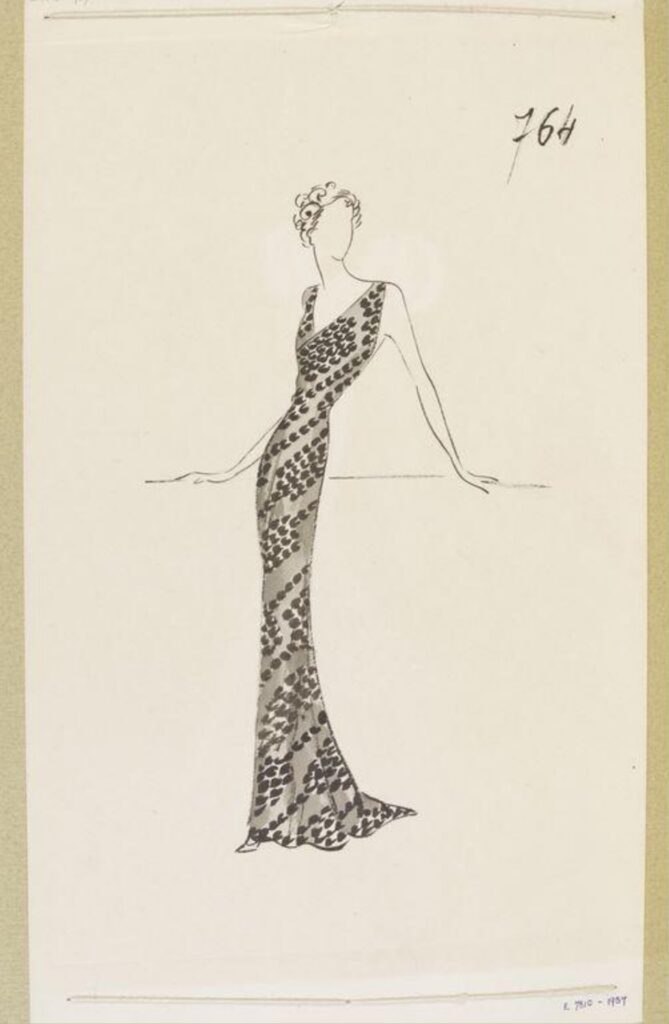
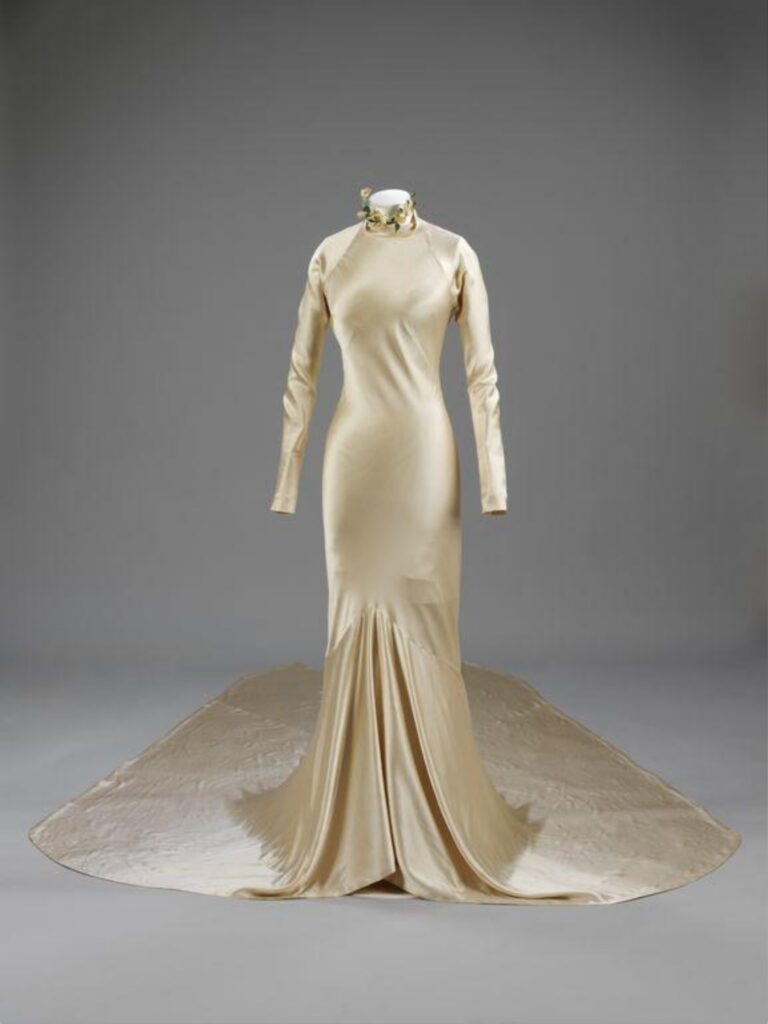
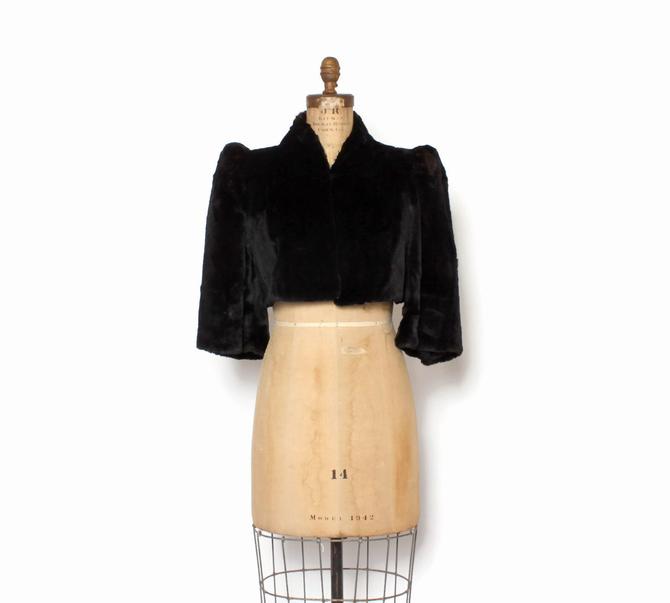
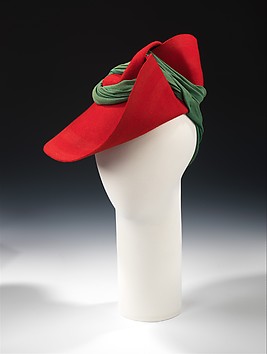
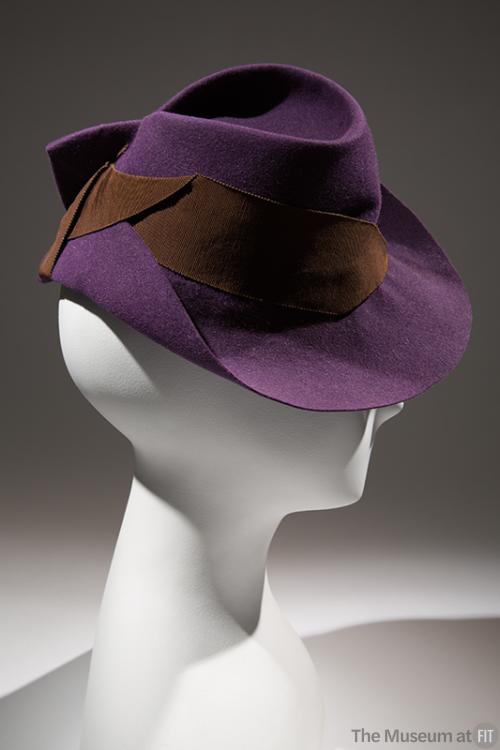
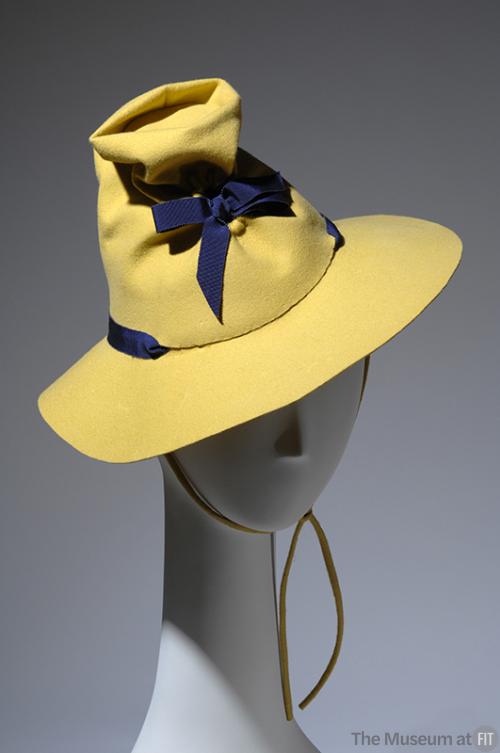
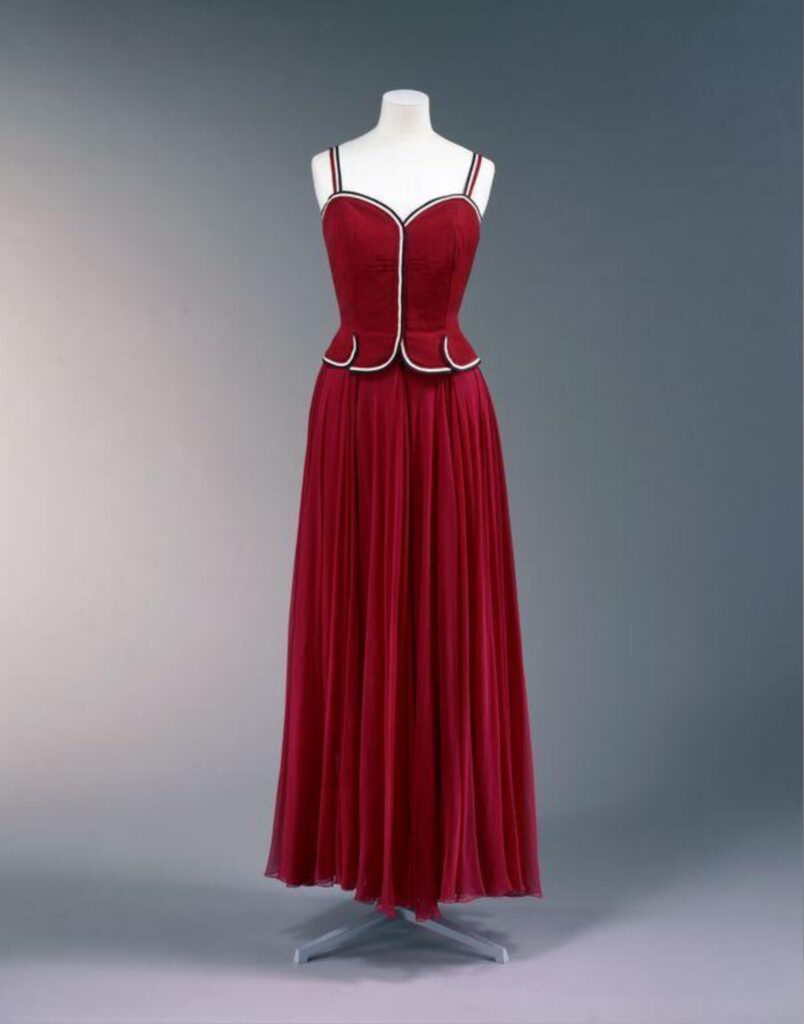
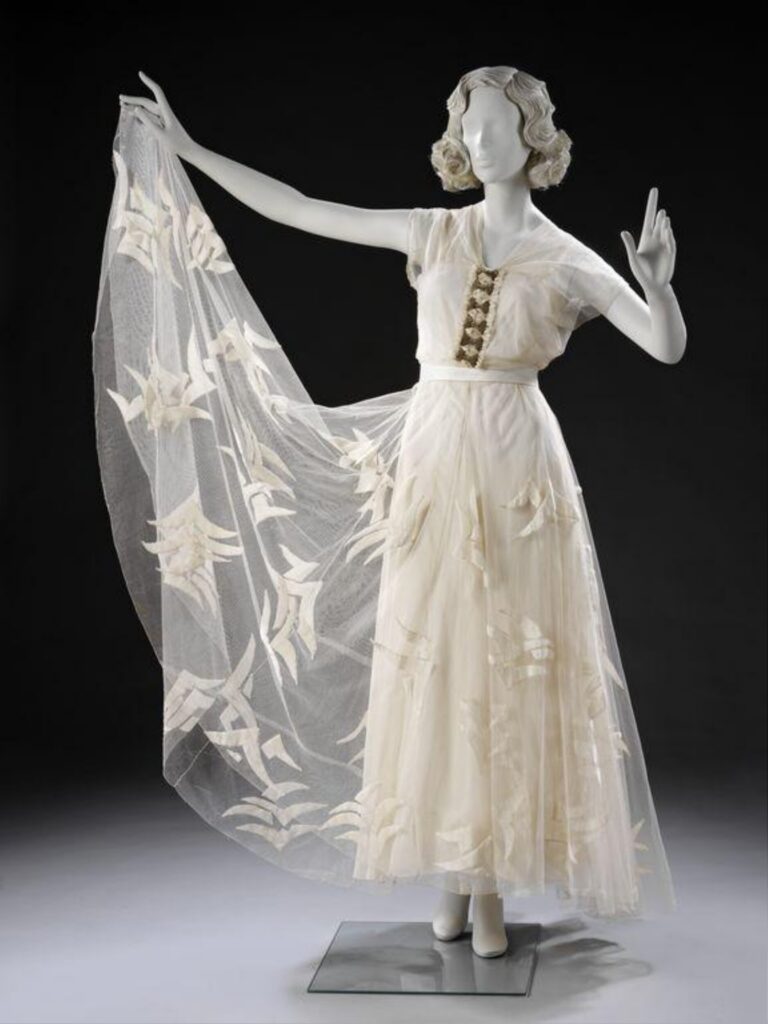
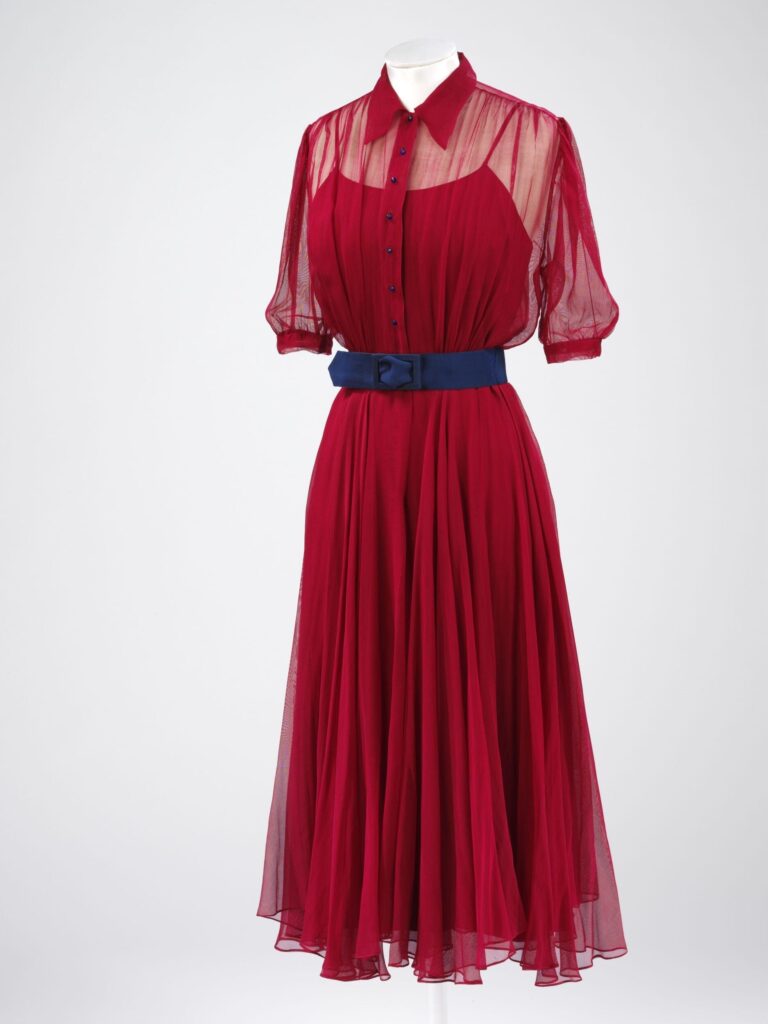
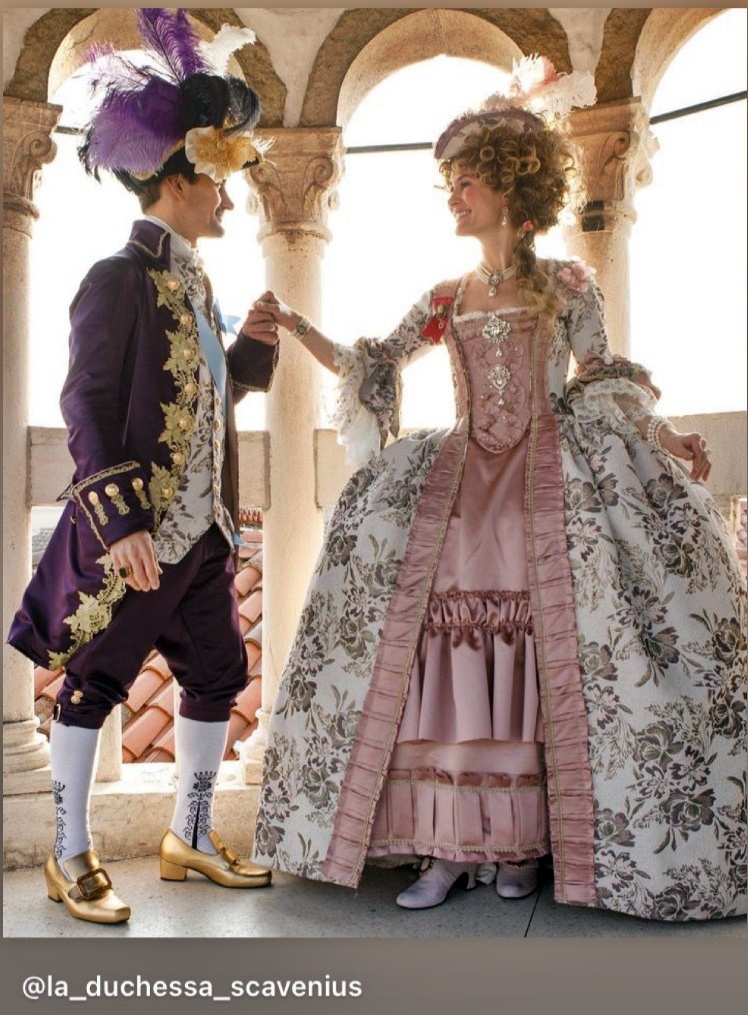

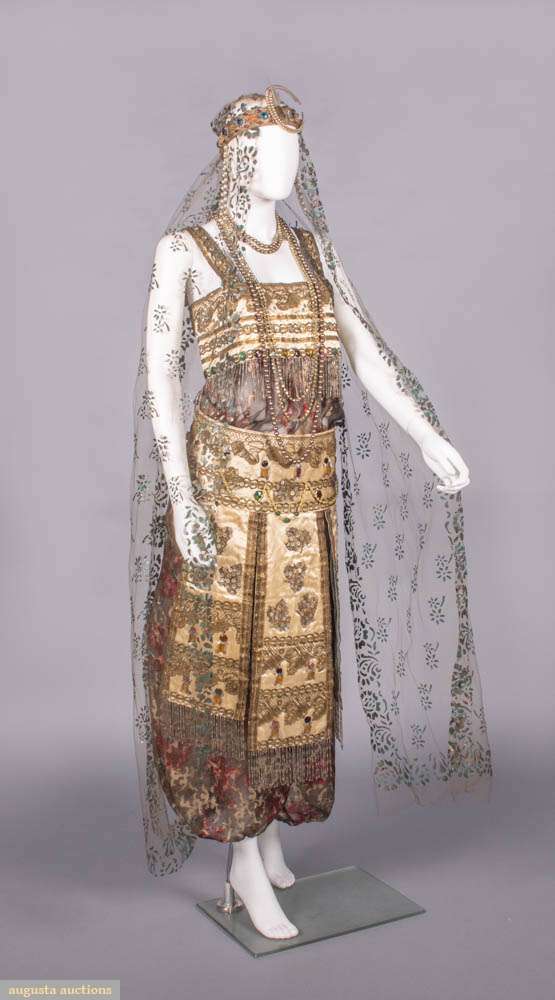





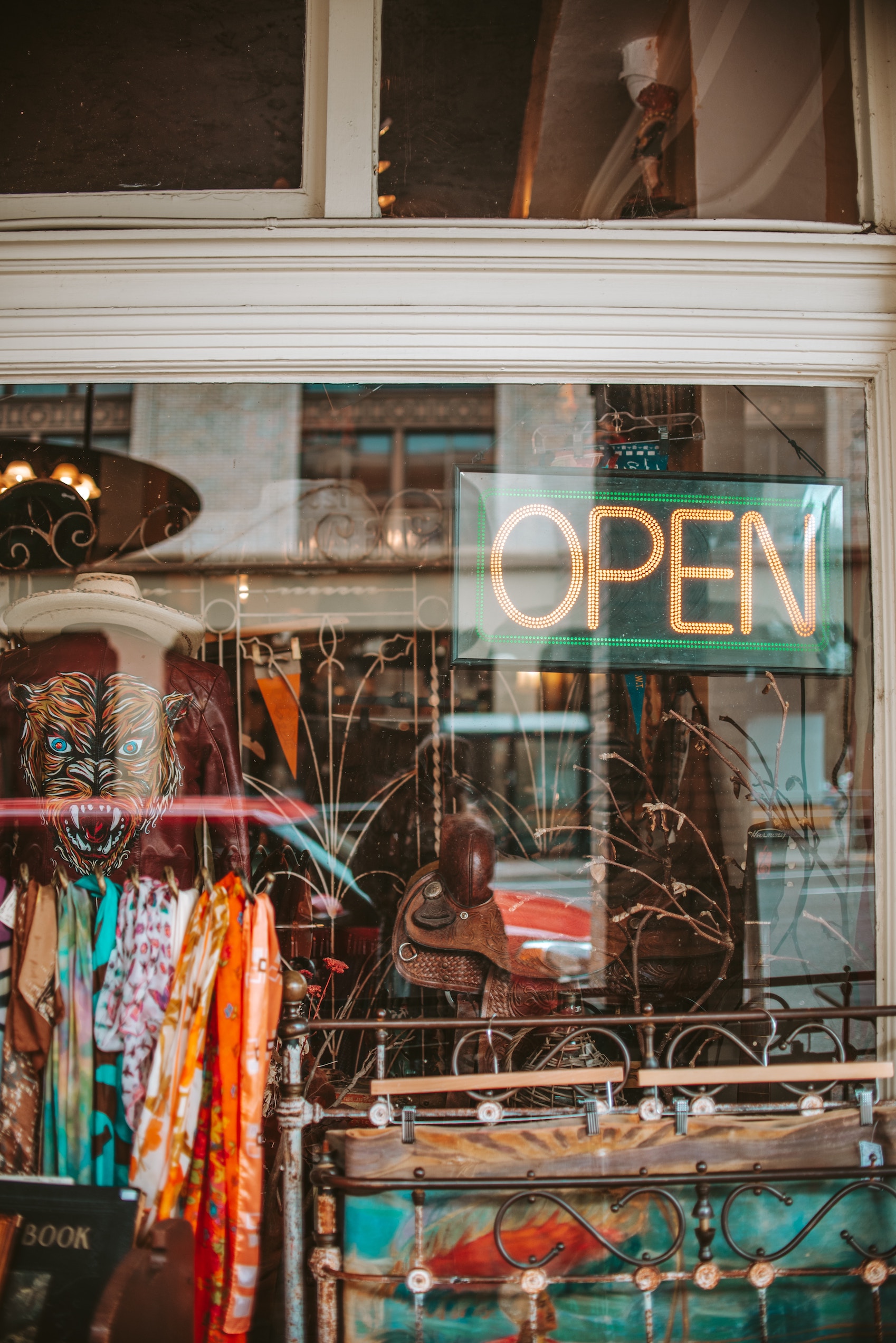

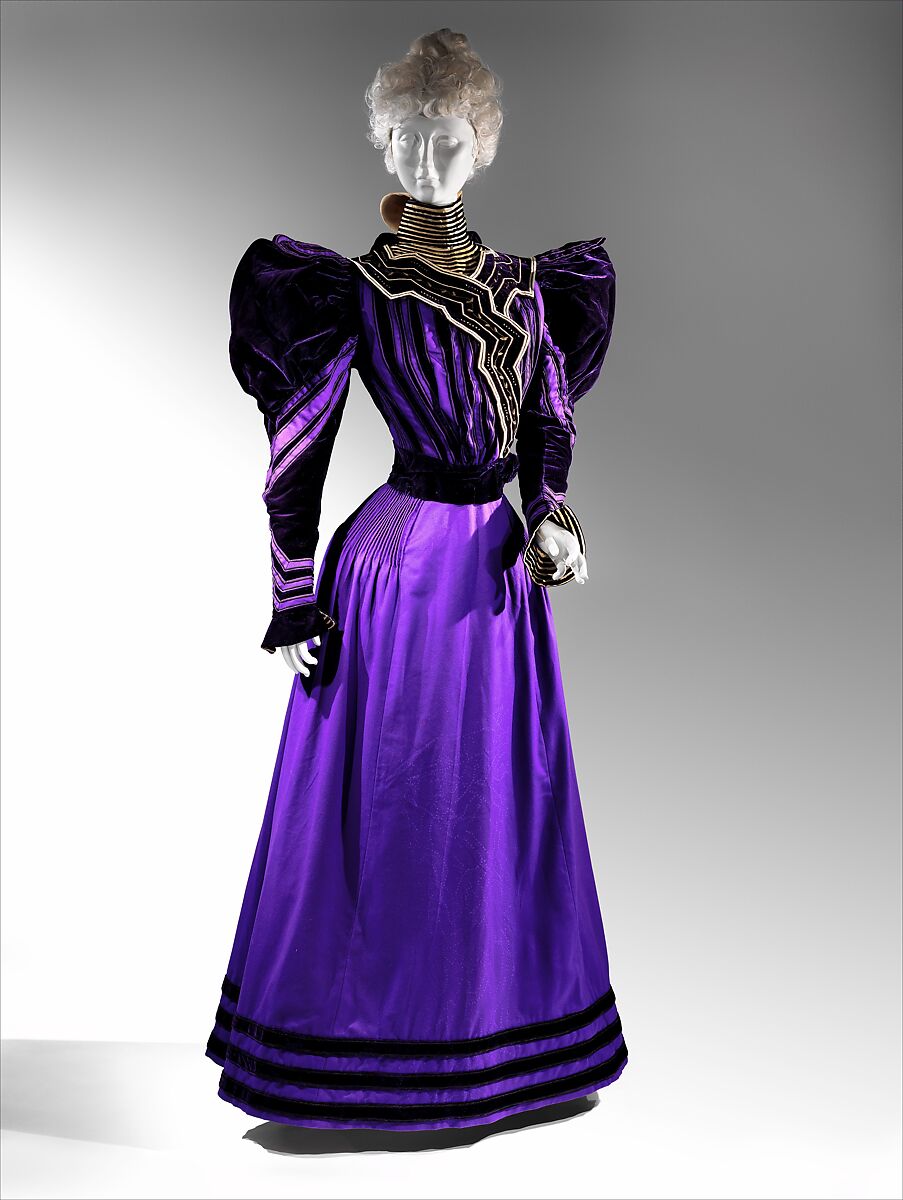
Leave A Comment